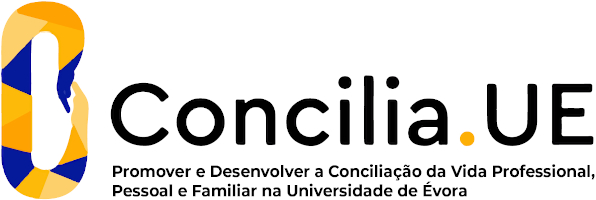2024
General Psychopathology
Name: General Psychopathology
Code: PSI13234L
6 ECTS
Duration: 15 weeks/156 hours
Scientific Area:
Psychology
Teaching languages: Portuguese
Languages of tutoring support: Portuguese, English
Regime de Frequência: Presencial
Sustainable Development Goals
Learning Goals
- To know the basic principles of psychopathology as a discipline and the lexicon used in this scientific area
- To know the terminology of semiology
- To think critically on classifications of psychopathology
- To know the main nosological entities in psychopathology
- To recognize the importance of personal factors and of factors related to life history in the in the understanding of mental illness
- To identify the symptoms and the diagnosis of a clinical case
- To know the terminology of semiology
- To think critically on classifications of psychopathology
- To know the main nosological entities in psychopathology
- To recognize the importance of personal factors and of factors related to life history in the in the understanding of mental illness
- To identify the symptoms and the diagnosis of a clinical case
Contents
PART I- Psychopathology: Study matter, concepts, semiology and methods
1- The scientific field of Psychopathology
2- Assessment in Psychopathology
3- The classification and the diagnosis in Psychopathology
4- Psychopathological semiology
PARTE II - Nosology: Description of diagnostic entities in Psychopathology
1- Schizophrenia and other Psychotic Disorders
2- Depressive Disorders and the suicide
3- Bipolar Disorders
4- Anxiety Disorders
5- Obsessive-Compulsive and other related disorders
6- Traumas and Stressor-Related Disorders
7- Somatic Symptom Disorders and the somatization
8- Factitious Disorder
9- Anorexia Nervosa and Bulimia Nervosa
10- Personality Disorders
11- Other psychopathological disorders
1- The scientific field of Psychopathology
2- Assessment in Psychopathology
3- The classification and the diagnosis in Psychopathology
4- Psychopathological semiology
PARTE II - Nosology: Description of diagnostic entities in Psychopathology
1- Schizophrenia and other Psychotic Disorders
2- Depressive Disorders and the suicide
3- Bipolar Disorders
4- Anxiety Disorders
5- Obsessive-Compulsive and other related disorders
6- Traumas and Stressor-Related Disorders
7- Somatic Symptom Disorders and the somatization
8- Factitious Disorder
9- Anorexia Nervosa and Bulimia Nervosa
10- Personality Disorders
11- Other psychopathological disorders
Teaching Methods
In the theoretical classes the teacher presents the various topics of the program through an expository teaching methodology. The practical classes are dedicated to the study of clinical cases, through the observation of videos and written clinical vignettes. Relevant aspects related to patient observation and clinical history, psychopathological semiology and different nosological entities are also discussed in group. Assignments of students are also presented. Teaching centered on student learning is strongly valued, in accordance with the institutional pedagogical policy of the University of Évora.
Assessment
Continuous assessment. It consists of two components: practical (two practical assignments) and theoretical (two tests). One of the assignments will be conceptual in nature, and the other will be clinical in nature. Both assignments will be carried out in groups. The weighting is 30% + 20% of the final grade, respectively. The tests will include questions related to the material taught in theoretical and practical classes. Each test will cover a portion of the syllabus. Both tests will each have a weighting of 25% of the final grade.
Final assessment. It consists of an exam and the practical assignments (mandatory practical component). The assigments may be completed individually or in group.The exam has a weighting of 50% of the final grade, and the assignments will have the same weighting as in the continuous assessment system
Final assessment. It consists of an exam and the practical assignments (mandatory practical component). The assigments may be completed individually or in group.The exam has a weighting of 50% of the final grade, and the assignments will have the same weighting as in the continuous assessment system
Teaching Staff
- Rui Alexandre Godinho da Costa Campos [responsible]





















